Pietro Razzai
Manteco
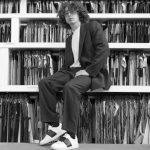
“The future of fashion will be largely digital and no longer just concretely fungible.”
What prompted you to undertake your path as a creative / designer within the District? Where did your passion for the world of fabrics come from?
During their studies at the Tullio Buzzi institute, a springboard for most of the technicians and designers active in the Prato textile district, students have to choose what to specialize in.
I had not even considered the idea of undertaking a path of this type, but from the first moment I entered the classrooms used for the study of creative and textile subjects, I became very enthusiastic.
After starting my studies, I became increasingly interested in creativity and design, especially in fabrics. When I finished my studies, I started my working career as a designer with Manteco; it is here that I refined my knowledge of the subject, and I had the opportunity to give vent to my creativity.
The learning path, however, is not over yet and every day, thanks to the important projects we carry out, I have the opportunity to expand my knowledge and study new products.
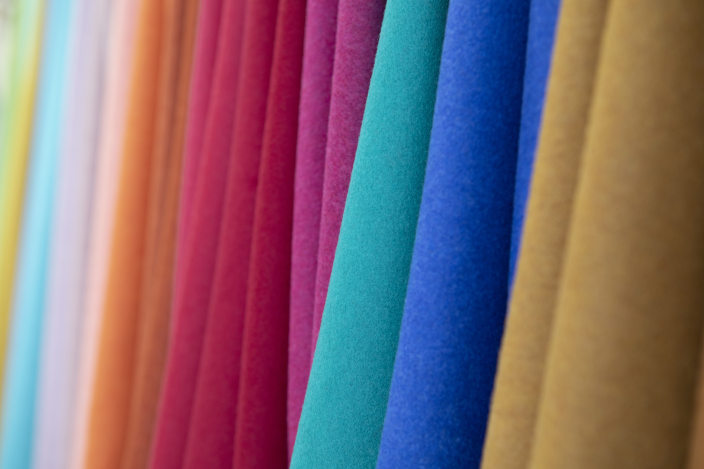
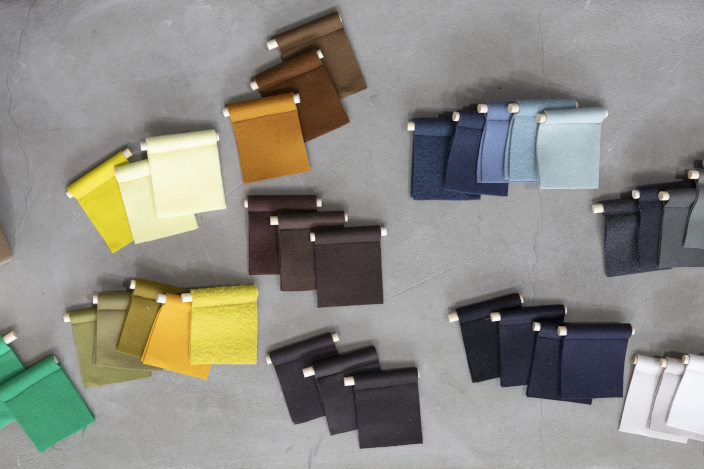
What is sustainable creativity for you?
There is no longer talk of something accessory. Sustainability can no longer be understood as something that is independent of the product itself, as something different. We creative designers, in the process of developing a product to the final design, must also integrate the sustainable component: materials to be used, processes to be performed, waste to be reintroduced into the production process.
But sustainable creativity is also education; proposing a sustainable product can be effective if you ride the wave of sustainability, but our goal is different. It is to create a product that, despite detail study to be sustainable as much as possible, is not purchased only for this reason, but above all for its aesthetics.
This is the only way that sustainable design can truly become part of everyone’s lives and truly change our habits. It makes noise but you cannot see it.
How do you see the fashion sector ten years from now? What are the big future trends?
In the last few days, I have heard a lot about a new project that Mark Zuckerberg, founder of Facebook, wants to carry out … that is the METAVERSE. This project defines even more my idea that the future of fashion will be largely digital and no longer just concretely fungible.
Fashion will have to face a major change to bring everything that is now physically sold to the digital. Bags, shoes, virtual clothes for our digital avatars, will be the clothes that subsequent generations will buy more frequently. Already now we see a market trend moving in this direction, such as Balenciaga which already creates virtual outfits for the avatars of games like Fortnite. But this is surely just the beginning, and most likely, in time, we will be able to buy outfits for our active avatars on innovative social networks.
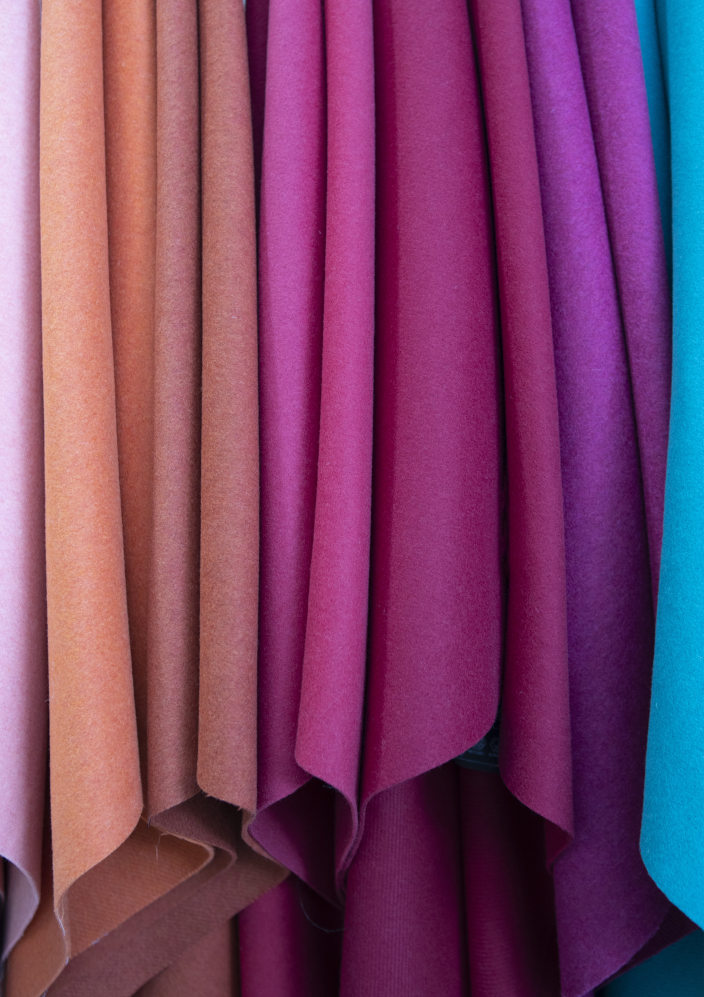
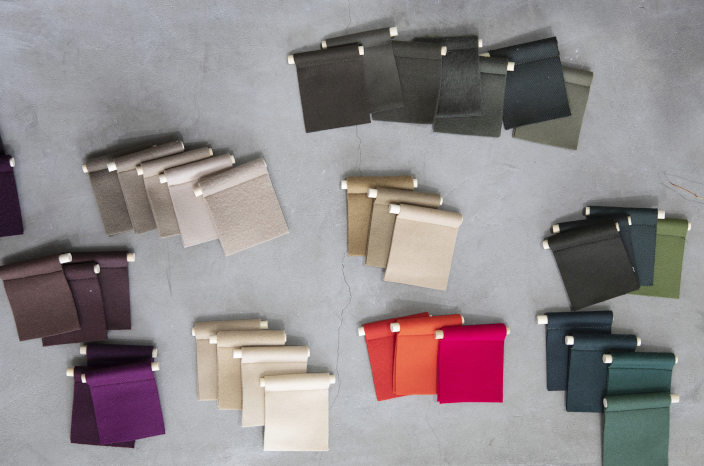
What are the fundamental characteristics that a young designer must demonstrate?
I can say it first-hand. Being a young designer myself, still a little inexperienced, I realize every day the difficulties of the trade and the qualities that a figure of this type needs to do their job in the best conceivable way. The absolute will to undertake a path of this type is essential. It might seem like trivial talk, but it is essential to ask ourselves every day if what we do is what we really like, in the case of a negative answer it is better to abandon immediately … but if day after day you are happy with what you do and what you are building, well, then go for it!
In addition to the will, which is the fundamental element for embarking on a path in the creative world, a Designer must have an extraordinary imagination and open-mindedness, in order to go beyond the tangible and create something that does not yet exist; an almost pathological attention to detail that leads you to seek perfection in every little thing; and finally s/he must be inclined for hard work: in fact, a lot of creative effort, study and imagination is challenged by the more tangible work, essential for putting ideas into practice.
Someone might be overwhelmed and decide to give it up, but if you really believe in it, if you really want to become a great designer with a lot of hard work, it is possible.

